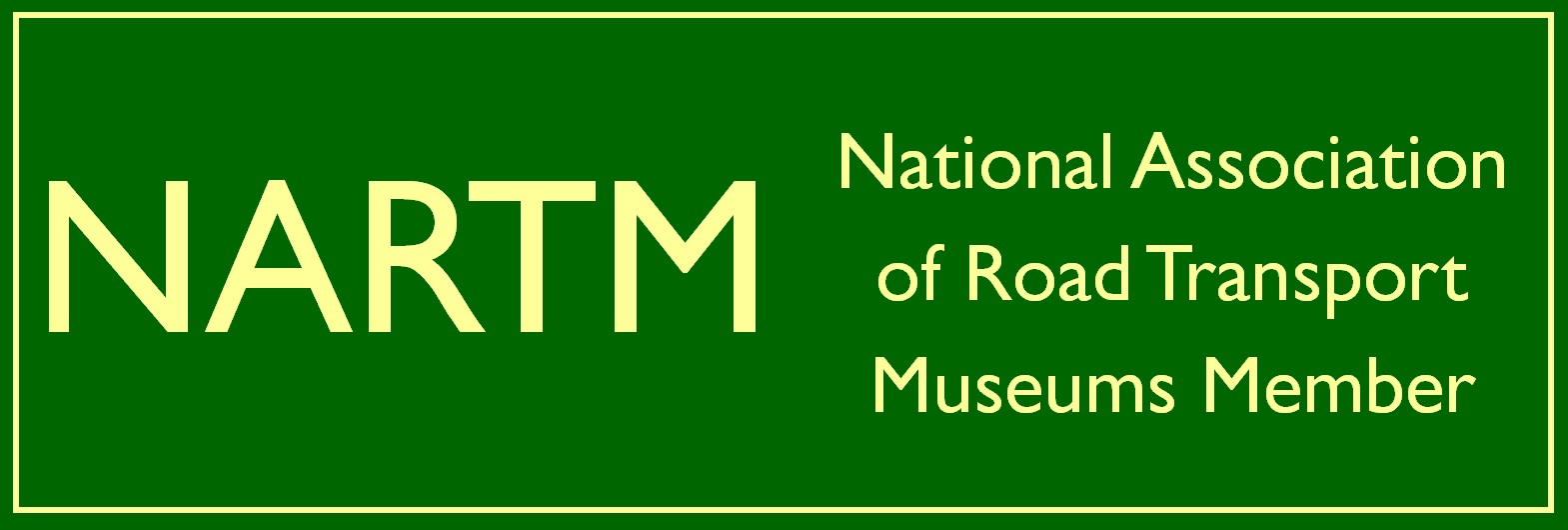Our appeal has made the national news pages due to the celebratory profile of the one time traveller owner Tom Hunter who is now a renowned photographer. Follow the link to the article.
http://www.bbc.co.uk/news/in-pictures-34775283
The Cardiff Transport Preservation Group has found an old and nearly complete bus, lost in the middle of France. The heritage restoration group that restores old Welsh buses thought it had the last remains of the only remaining Trolleybus Replacement bus. Bus number 532 in its collection is a 1969 built Daimler Fleetline with Willowbrook 74 seat body or it would be if it had an engine, floor, doors or seats and restored. It was one of 25 buses bought by Cardiff Corporation in the late 1960’s to replace the very last electric trolleybuses used in the city. They were unusual in that it had dual doors, and was the only double deckers of its type ordered by the city operator and they were all withdrawn by 1983, over 30 years ago.


Mike Taylor, Chairman of the Cardiff heritage bus group said “The bus we have is actually just a shell with very little interior, not much of the floor exists, both sets of dual doors are missing and no engine. It is in a very poor state. However, we have now found another example of this type of bus, which has an interior, engine, gearbox and importantly both sets of doors.”
The heritage bus group which has a collection of several former Cardiff Corporation vehicles has kept the shell of bus number 532 as a potential future project, but it will cost a large sum and many years of voluntary labour to restore it. Now there is a prospect to reduce the cost and length of time by restoring a sister vehicle, number 535.
Mike continued “However, lost in France, in the Chateauroux area in the Province of Berry, Central France sits a similar bus, number 535 and considering its age, it is in much better shape. The outside is a little untidy and some panels have become misshapen but it still has much of its original interior, engine, gearbox and importantly both sets of doors. By and large it is still a bus. This will make it much easier to restore to its original 1969 condition. The current owner claims the engine still runs but it is of course, it’s not roadworthy. This means will have to be put onto a low-loader or have it towed, if we bring it back and such a task will be expensive.”




The heritage group needs extra hands and most importantly additional funds to get this dual door 1969 Trolleybus Replacement bus from France.
Mike added “We would very much like to bring this Cardiff bus back from the middle of France but we would need a band of very interested people to help take the project forward. We need some pledges of funding as we can envisage it will cost several thousand pounds to tow it back and then there is buying it from the French farmer in the first place and setting about actually restoring it. This bus marks a special place in public transport in Cardiff marking the end of trolleybus operations. If there is anyone out there willing to either help financially or with its restoration we would like to hear from them and they can contact me, Mike Taylor at info@ctpg.co.uk
The bus lost in France is truly that. After its days with Cardiff, bus number 535 went to work in Coventry, then Anglesey but then became static accommodation in Devon, before adventuring out across southern Europe as a tour bus with rock music bands to festivals and rave parties. In France, one day it broke down and was just left.
Originally 532 and 535 were part of a batch of 25 buses delivered to City of Cardiff Corporation to replace the electric trolleybuses that were no longer suitable for Cardiff’s busy traffic congested street. Trolleybuses used overhead twin wires to collect the electric current and the network which replaced trams in 1942, was worn out by the late 1960’s. Some of the trolleybus had two sets of doors, and two staircases, and seating capacity was ranged from 67 to 72 seats. Because the last trolleybus routes 10A /10B were driver and conductor operated on the busy Grand Avenue, Ely Estate and Canton service to the west of the city, the Council specified 74 seat dual-door buses thinking it would be quicker at bus stops loading and unloading passengers with just a driver.
The replacement motor buses had Daimler Fleetline chassis and a bus body built by Willowbrook. Interestingly in 1969 Willowbrook had spare capacity at is luxury coach building body plant and these Cardiff buses had Duple badges suggesting they were built at the Duple factory in Hendon (London) rather than at Willowbrook itself in Loughborough. The Hendon factory was closed in 1970 so the Cardiff vehicles were some of the very last built there. Of the 25 buses both 532 and the one now in France, 535 entered service from Roath motor and trolleybus Depot in November 1969. Of note, one of the 25, number 550 (PKG550H) entered service much later in May 1970 as Cardiff Corporations first ever overall advertising vehicle, for ‘Silexine Paints’ (Following on from the first all-over advertisement bus in London by the same advertiser).



